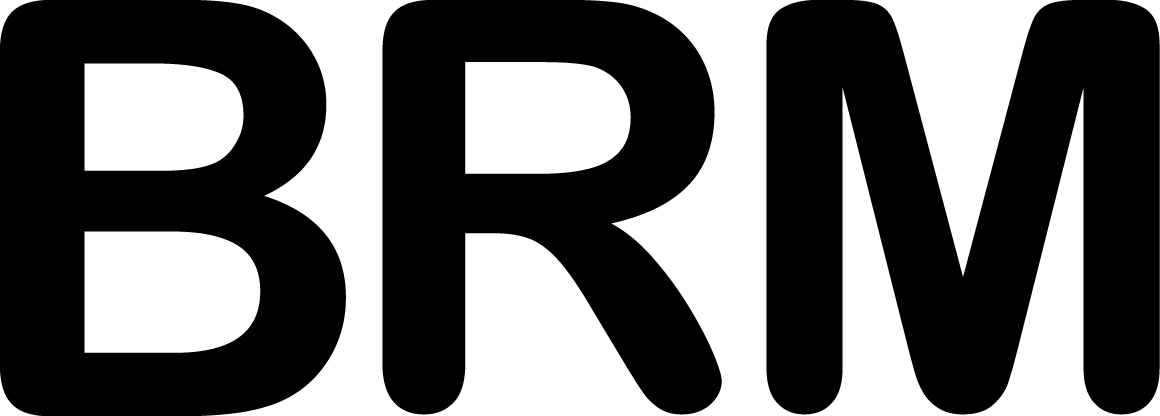GUIDE
PARAWING WIND RANGE
We would love to be able to define wind ranges in quantifiable absolutes. However, as we elaborate below, it’s not possible to offer any one wind range that is reasonably accurate for any two riders.
In our best effort to offer our best possible assistance to riders seeking to select a parawing size, we provide the below illustration as one possible example of Greg’s wind range, on specific gear, at a specific time and location, and for one specific segment of his riding. The following descriptions from Greg are comparisons intended to be tools that you can use to calibrate for your individual, current riding variables.

Note about Paia Range
Due to the nature of its double skin design, the Paia is optimized to perform at a lower angle of attack. To adjust for this, it’s recommended to select one size larger, as illustrated above. Riding comfortably at this higher power level makes the Paia less sensitive to board and foil pairing than the following descriptions that relate more directly to single skin parawings.
Rider Size
I’m around 170 pounds (~77 kg).
Riders around 50 pounds (~23 kg) lighter might ride one size smaller parawing.
Riders around 50 pounds heavier might ride one size larger parawing.
Parawing Riding Experience
I have thousands of sessions on foil, hundreds of them with a parawing.
Riders with less experience on foil and/or with a parawing might ride one to two sizes larger.
Board Efficiency
Extremely unlike inflatable wings, where pumping the wing is a large contributor to take-off threshold, with a parawing, it is largely the rider’s ability to pump the board that defines the low end, and total size, of parawing riding range.
The importance of board and technique to parawing range can’t be overstated. To maximize my range, and to enjoy riding at a power level as light as possible, I normally ride a highly efficient board (super light, 6’ x 19”, 90 liters).
Differences in board efficiency can be difficult or impossible to quantify. I’ve ridden other, nearly identical boards (i.e., same length, width, and volume) that do not perform as efficiently, where I might loose 10-25% of my ideal range.
I’m so particular about board performance, that if it’s not highly efficient, I experience most all other boards as some range of low efficiency. On these, my average water-start threshold might be around the middle of my ideal power riding level range, resulting in, depending on riding application, possibly losing half of my ideal riding range. When riding a board of lower efficiency, I’ll normally ride one, sometimes two, parawing sizes larger.
Recent progression in board design can make a modern, lower volume “longer/narrower” design (such as a 5’6” x 18.5” board at 50 liters), possibly at an equal level of water-start efficiency as higher volume “shorter/wider” boards designed differently for an inflatable wing (such as a 4’10” x 23” at 70 liters). Riding a parawing on boards designed for riding an inflatable wing can explain why some riders have experienced very small riding range on parawings, especially on first-generation parawing designs with limited stability.
With the massive gains in stability on our second generation of parawings, it’s now possible to ride at far higher power levels, opening up riding nearly any size of board. If riding a tiny, nearly neutrally buoyant board of effectively zero efficiency, I may need to ride extremely powered-up on a parawing three sizes larger. Being this lit-up, I’ll use the parawing only to launch onto foil, and then want to stow it away as very fast as possible as I send into a downwinder. Here on Maui, riding such a tiny board so far off shore doesn’t yet make much sense for my daily downwinding, but I’ll for sure be checking that out in the Gorge this summer!
Foil Efficiency
To maximize my range and to enjoy riding at a power level as light as possible, I normally ride a 1080 foil with effective takeoff lift.
Riders on lower lift foils might ride one size larger parawing.
Discrepancies in Wind Reading
Even within a one mile stretch of the north shore of Maui, riders don’t agree on what the wind speed is. Speed reads differently depending exactly how and where it’s being measured, and readings at different locations fluctuate in different wind directions. Expand this to larger scales and there is no common language for any wind speed. We’ve done our best to present as accurately as we can based on our years of experience.
Riding Application
The chart provided above represents my riding, on a highly efficient board, for surfing and general cruising, where I most enjoy a feeling in the bar that’s as light and comfortable as possible.
When my riding goal is instead for upwind/downwind riding, I select +1 size larger to ride with a bit more power for higher upwind angles.
When my riding application is for downwinding, I also normally select +1 size larger for range security in case the wind is lighter at any portion of my run.
Comparisons of Low End Power, High End Stability, and Total Range Size
The low end range of the original Maliko was aided by relatively longer lines and open arc shape, yet hindered by indirect power delivery. Its upper range was limited by the bar system’s lack of trim control, leading to wing instability.
The Maliko 2 has an even more open arc shape and comparatively longer lines, especially into the smaller sizes, extending its low end range. It has fewer panels and lines, limiting stability and upper range, but increasing its pack/stow performance.
The Ka’a and Kanaha have considerably shorter lines, leaning their range toward increased upper range stability with lesser low end power. The reduction in their low end range from their shorter line length is offset to reach similar low end by their direct power delivery, especially effective in increasing wind speed and into the smaller parawing sizes.
In comparing the Ka’a and Kanaha, they share the majority of performance characteristics. Performance differences are relatively subtile. The Ka’a has a slightly lower aspect ratio leaning its performance toward low end power and maneuverable handling. The Kanaha has a slightly higher aspect ratio leaning its performance toward high end stability and higher upwind performance.
Additional Notes
We’ll do our best to keep this information updated with our ongoing experience.

